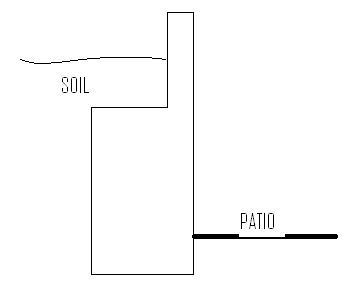Hello all,
Trying to create raised beds similar to those shown here http://www.mylandscapes.co.uk/patio_garden.htm . It has been suggested that this could be accomplished by cutting breeze blocks in half lengthways then rendered.
Is this sensible or is there a better idea?
Many thanks,
Richard
Trying to create raised beds similar to those shown here http://www.mylandscapes.co.uk/patio_garden.htm . It has been suggested that this could be accomplished by cutting breeze blocks in half lengthways then rendered.
Is this sensible or is there a better idea?
Many thanks,
Richard


